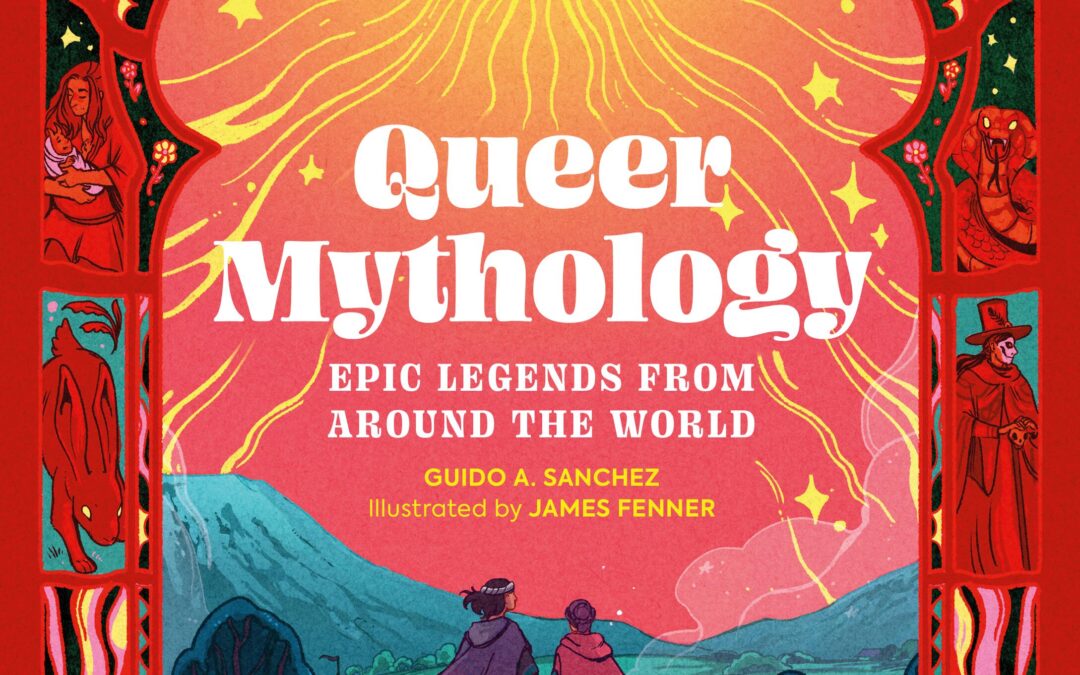
by Michele Kirichanskaya | Apr 9, 2025 | Blog
Guido A. Sanchez is a writer, middle school teacher and leader, comics aficionado, and podcaster based in New York. Guido revels in nurturing young people along their journeys as they begin to tell the myths of their own lives. Once the school day wraps up, he also...
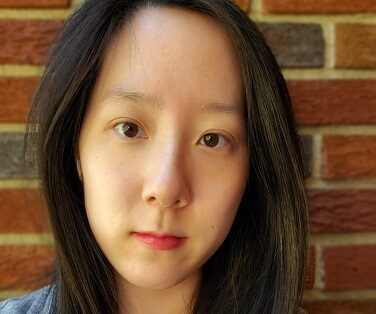
by Michele Kirichanskaya | Apr 4, 2025 | Blog
Alice Lin is the author of Fireworks and Love Points to You. She is an avid reader who first started dreaming up stories in sixth grade and who loves to get lost in other people’s imaginations. She holds a master’s degree in library and information science from...
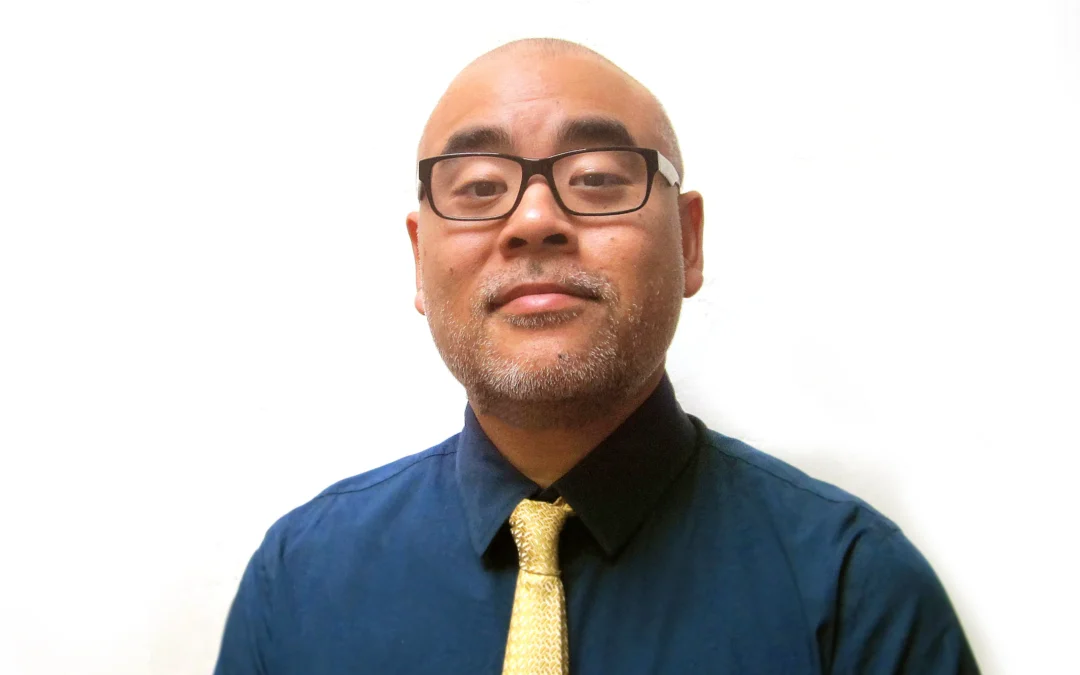
by Michele Kirichanskaya | Apr 2, 2025 | Blog
Dan Santat is the Caldecott Medal–winning and New York Times–bestselling author and illustrator of The Adventures of Beekle: The Unimaginary Friend and the road trip/time travel adventure Are We There Yet? His artwork is also featured in numerous picture books,...
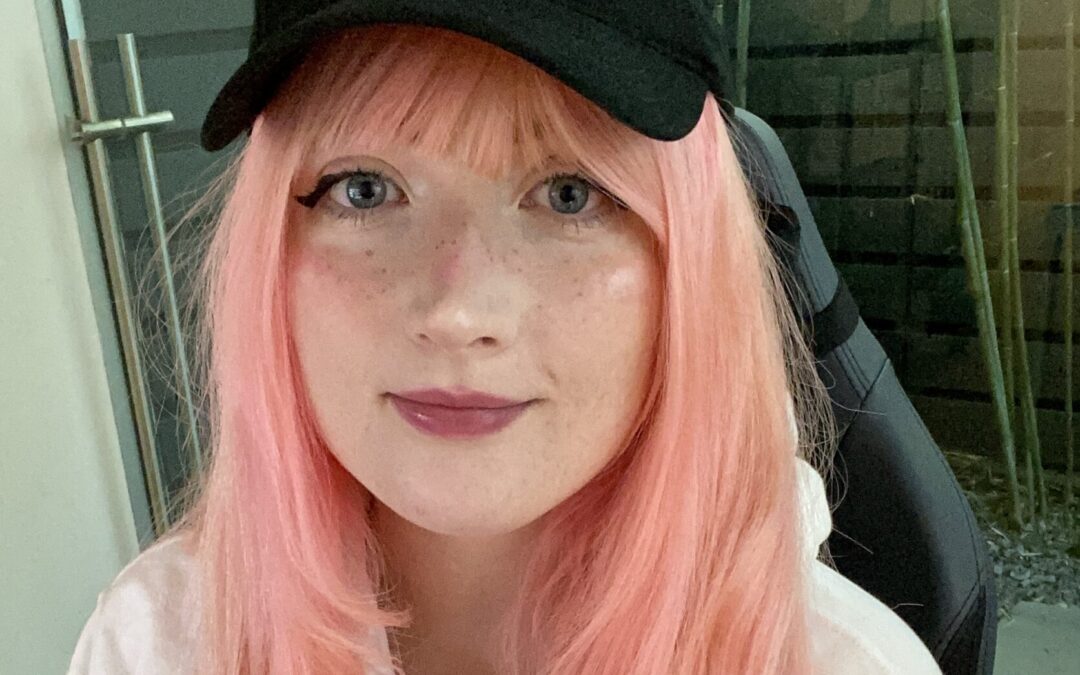
by Michele Kirichanskaya | Mar 28, 2025 | Blog
Haley Newsome is a comic creator, illustrator, and internet artist with millions of followers across YouTube, Instagram, and Twitch. She loves horror movies, animation, and ghosts. Haley has lived in Idaho, Oregon, Calgary, and Tokyo, and currently resides in Los...
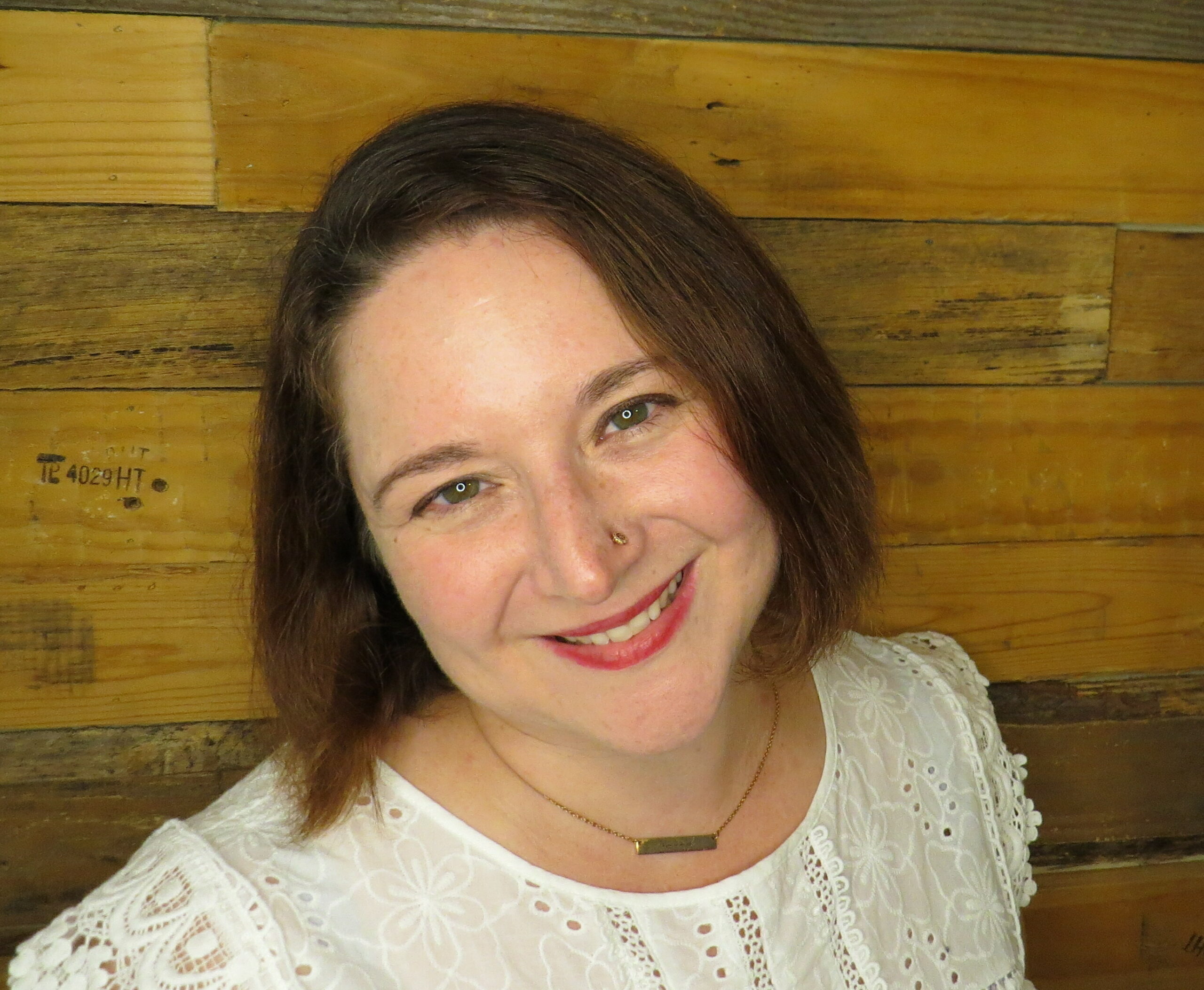
by Michele Kirichanskaya | Mar 26, 2025 | Blog
Jamie Pacton is an award-nominated young adult and middle grade author, who writes swoony, funny, magical books across genres. When she’s not writing, she’s teaching college English, obsessively reading obscure history, hiking, baking, or playing video games. Her...






